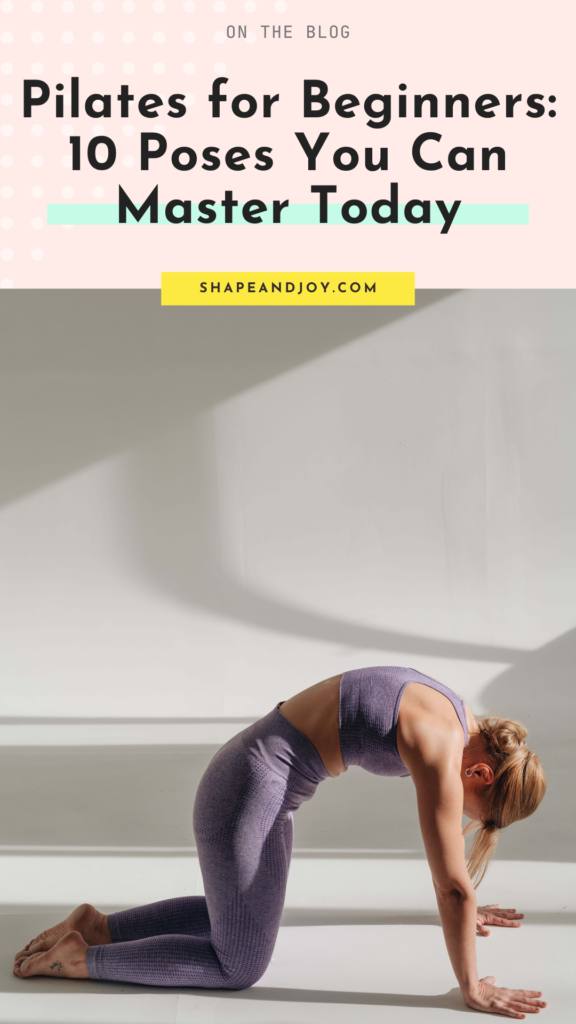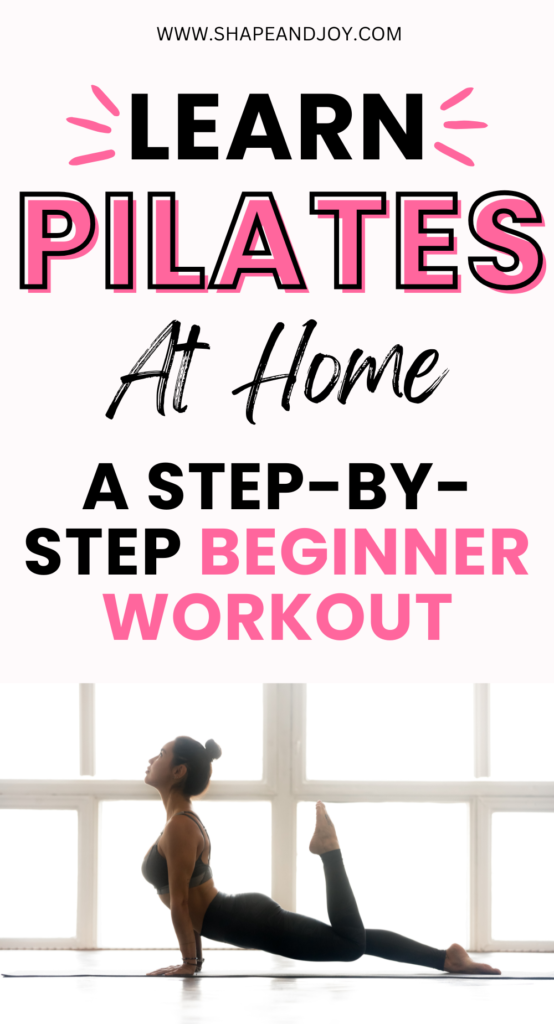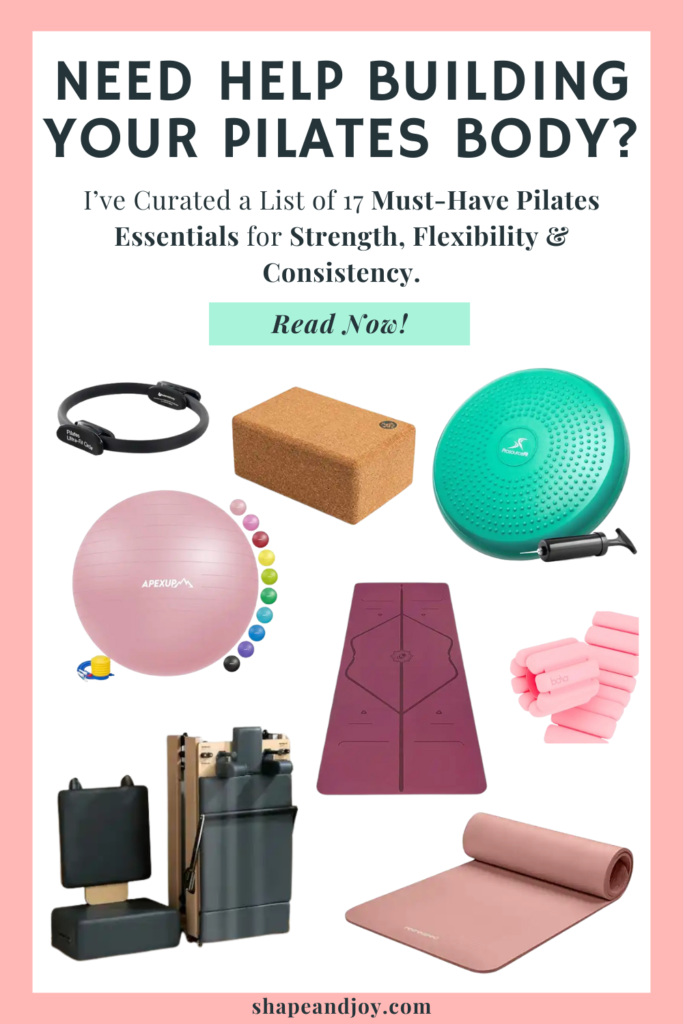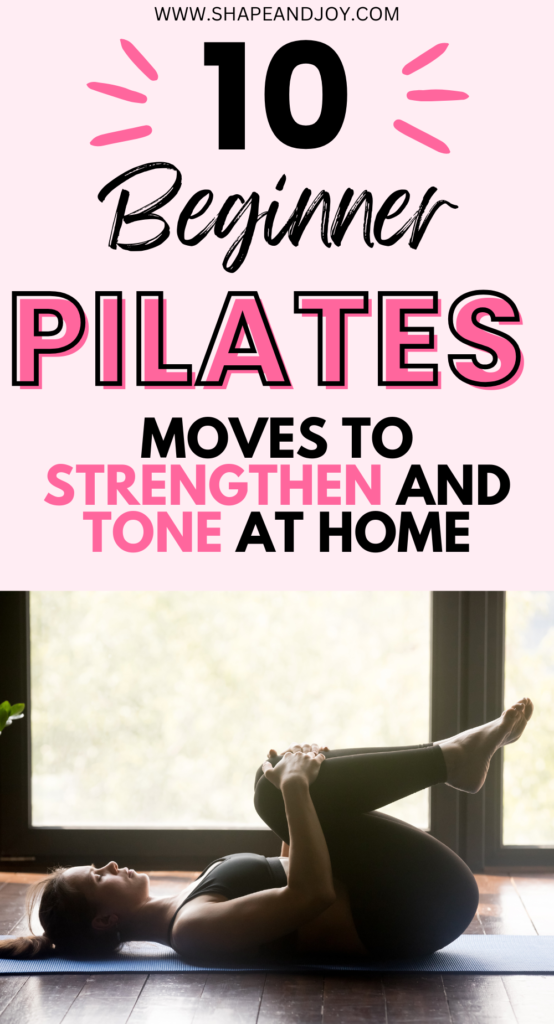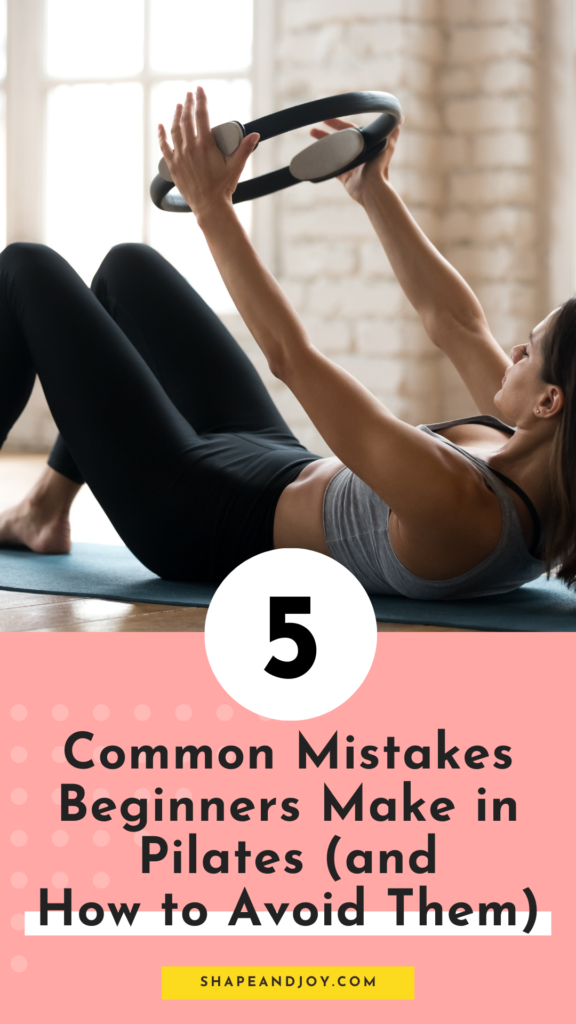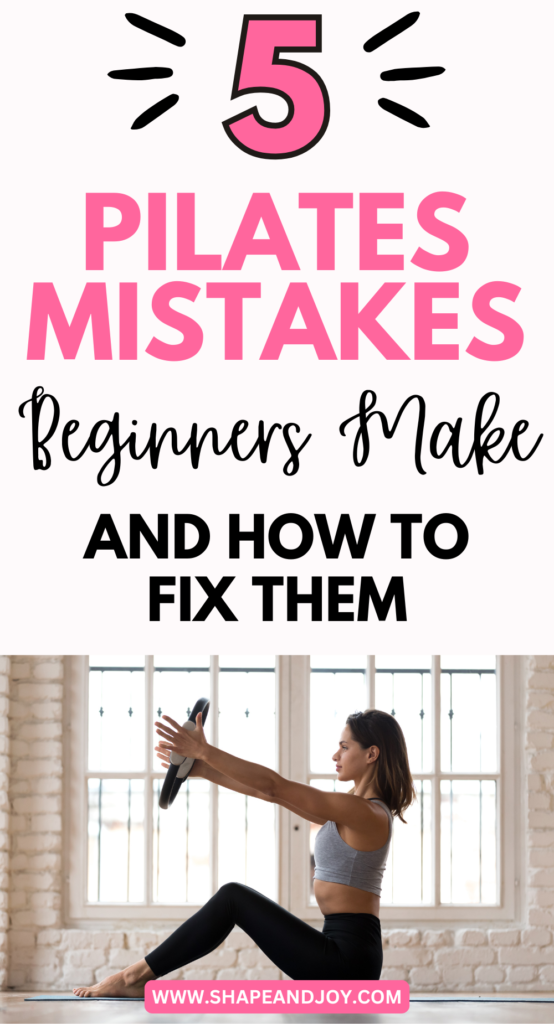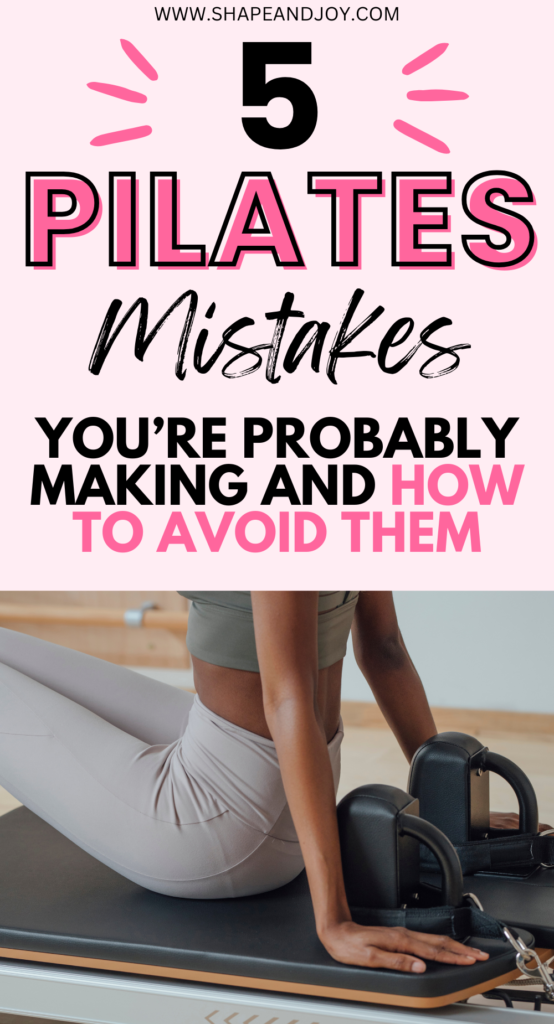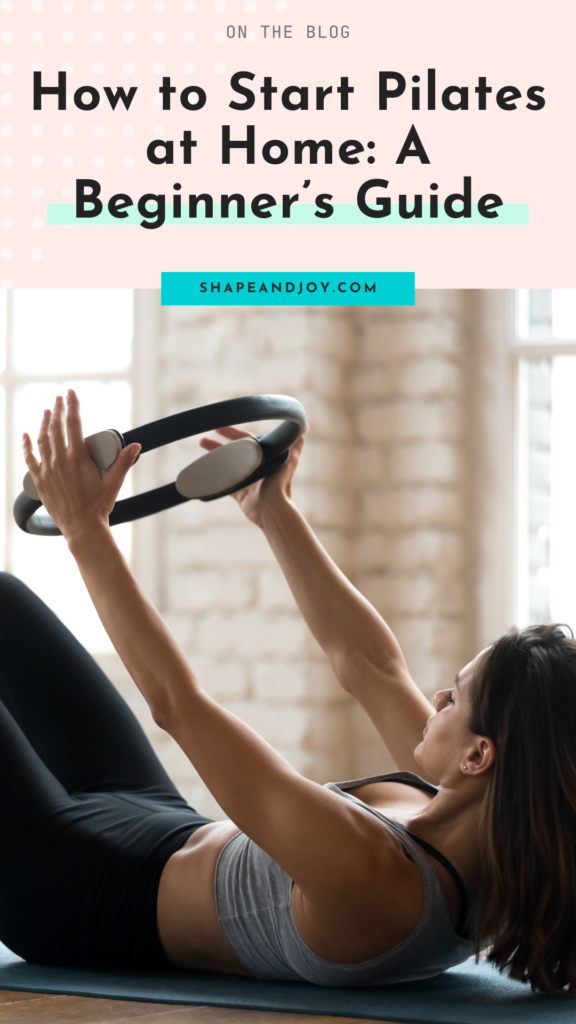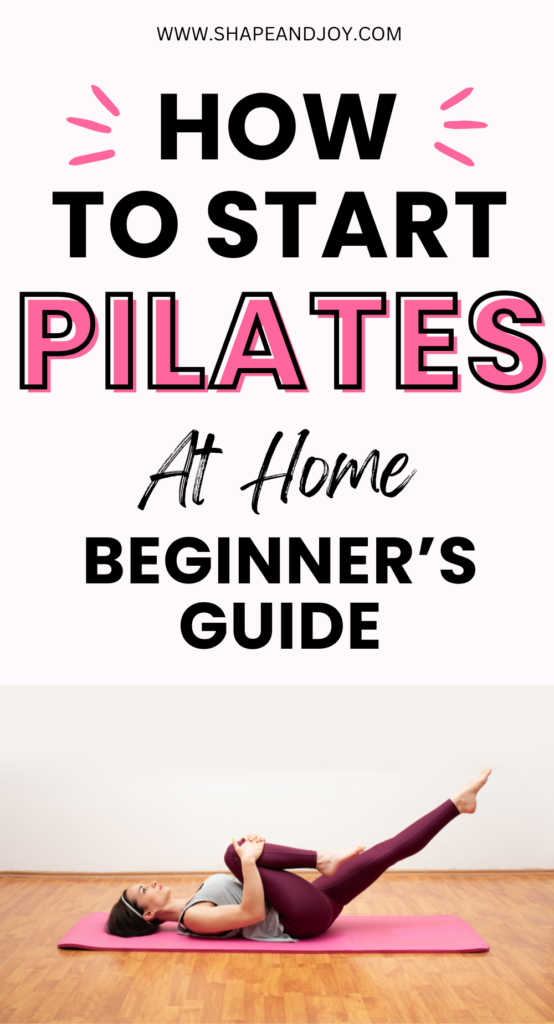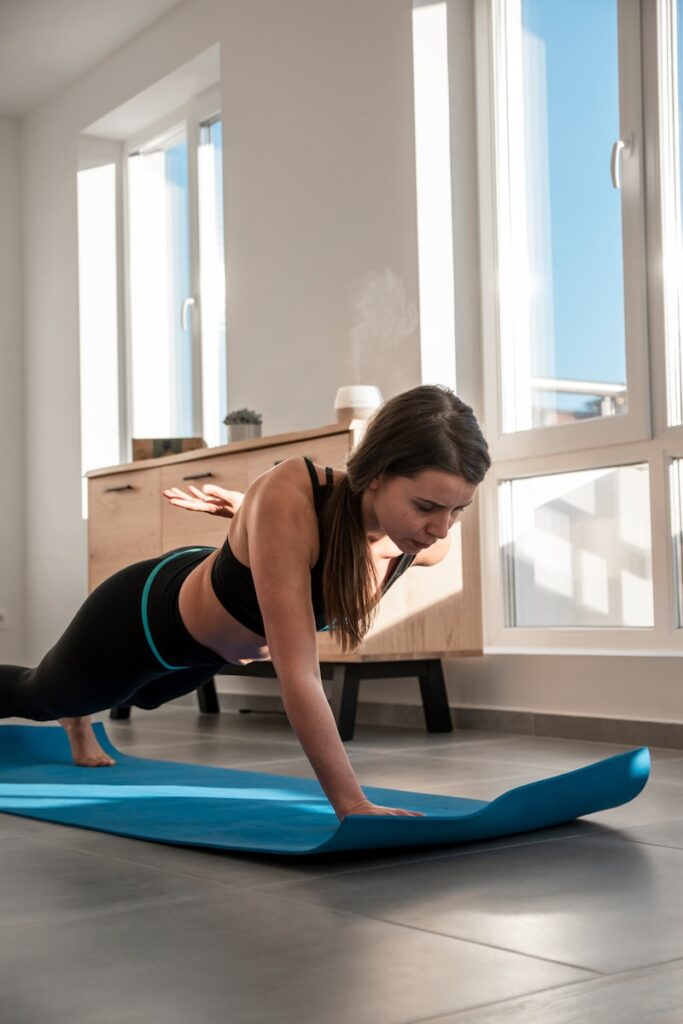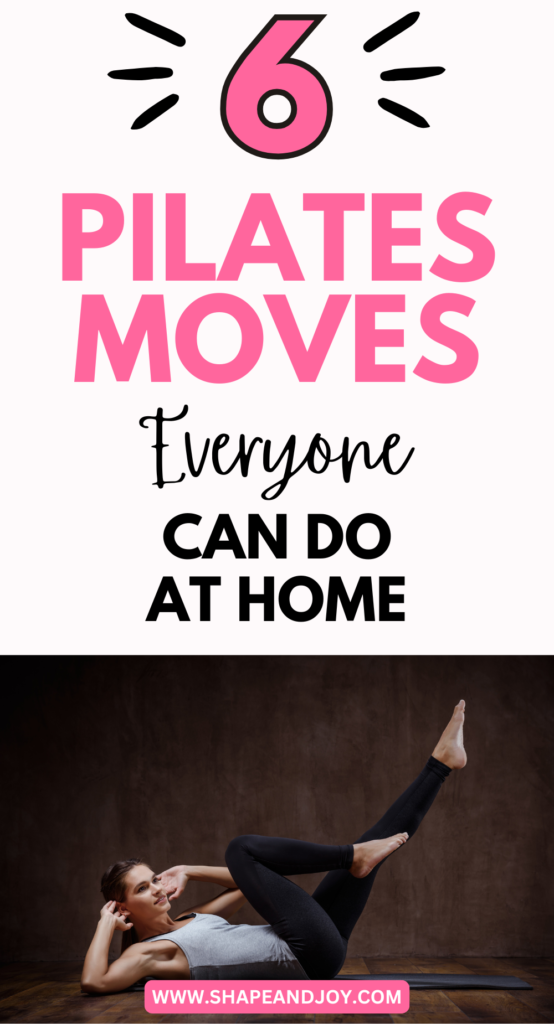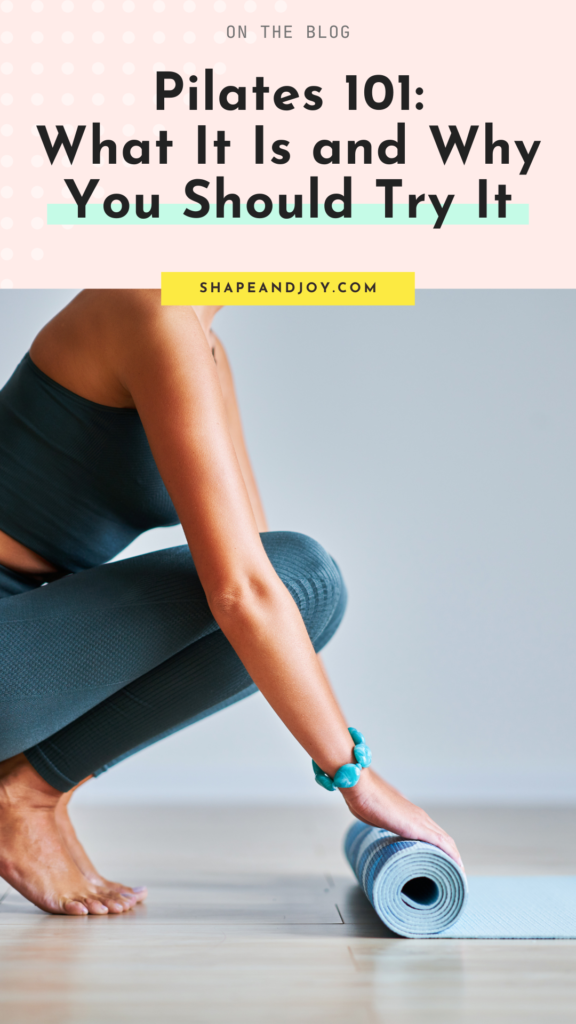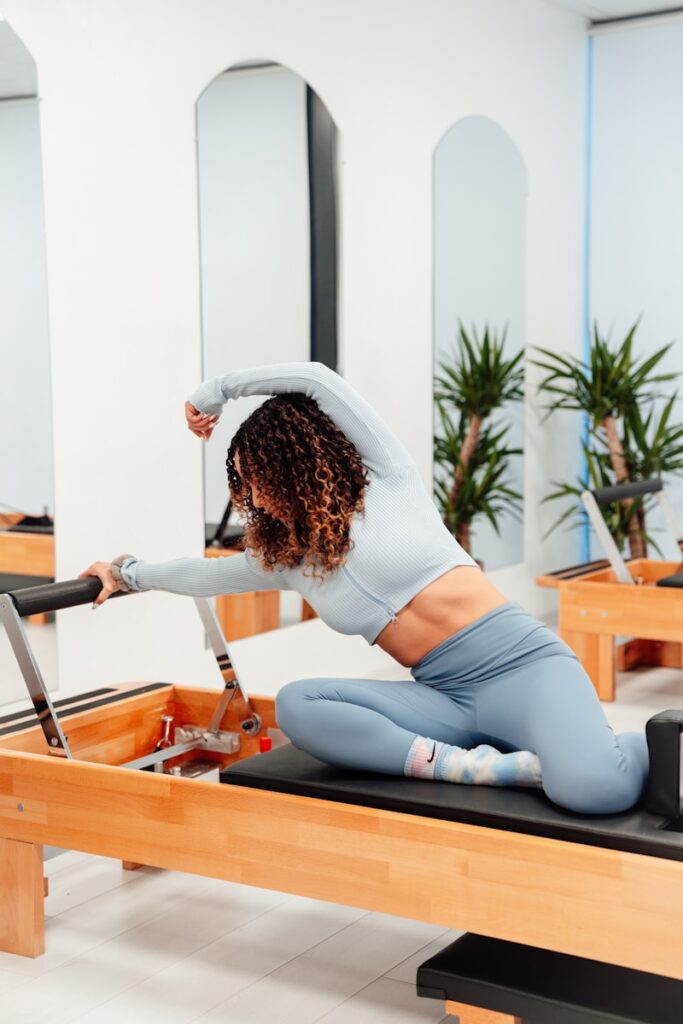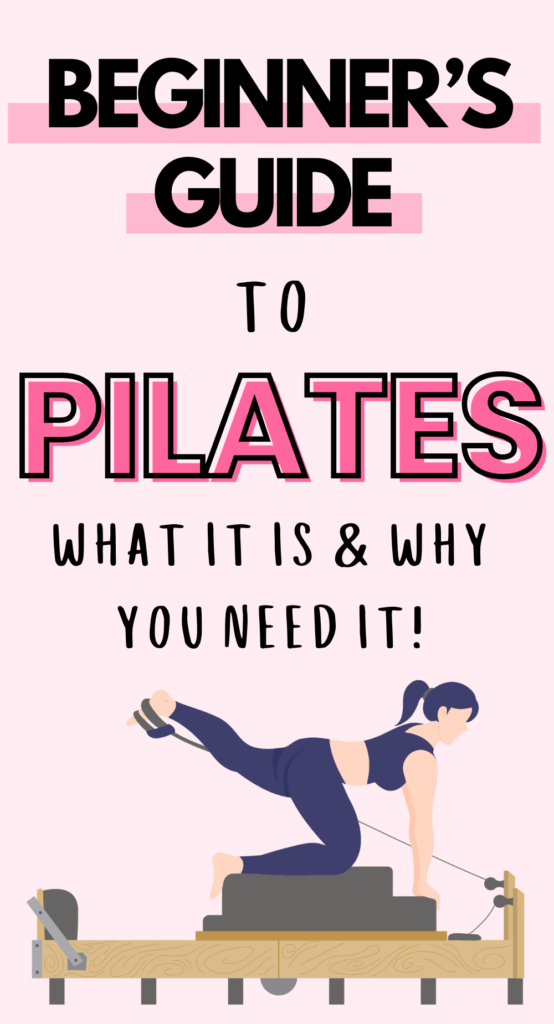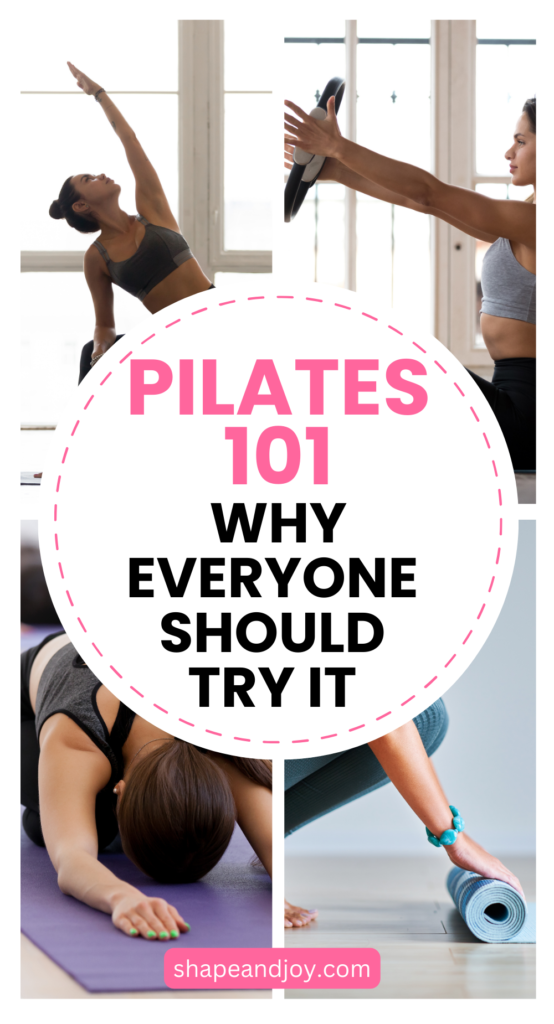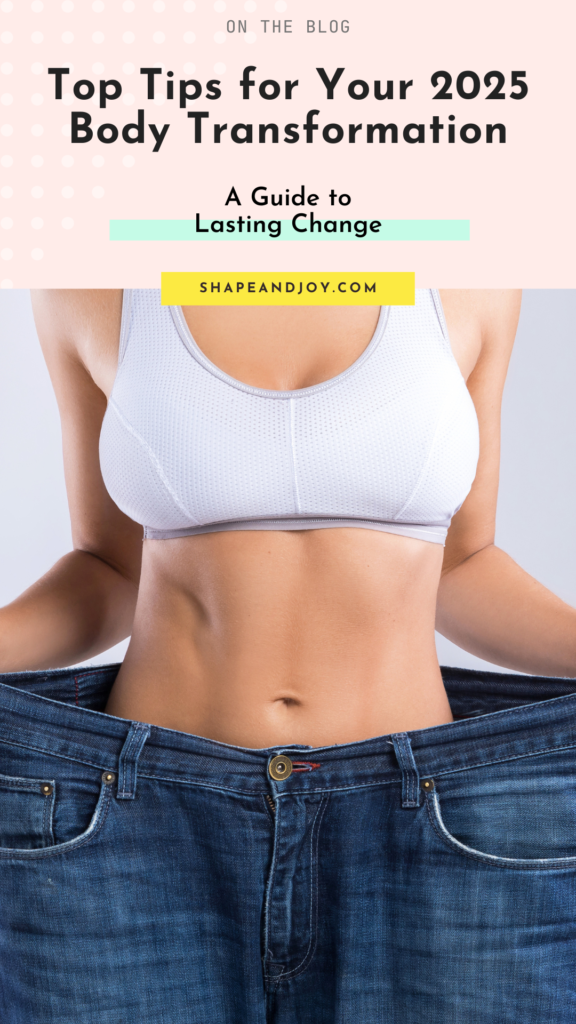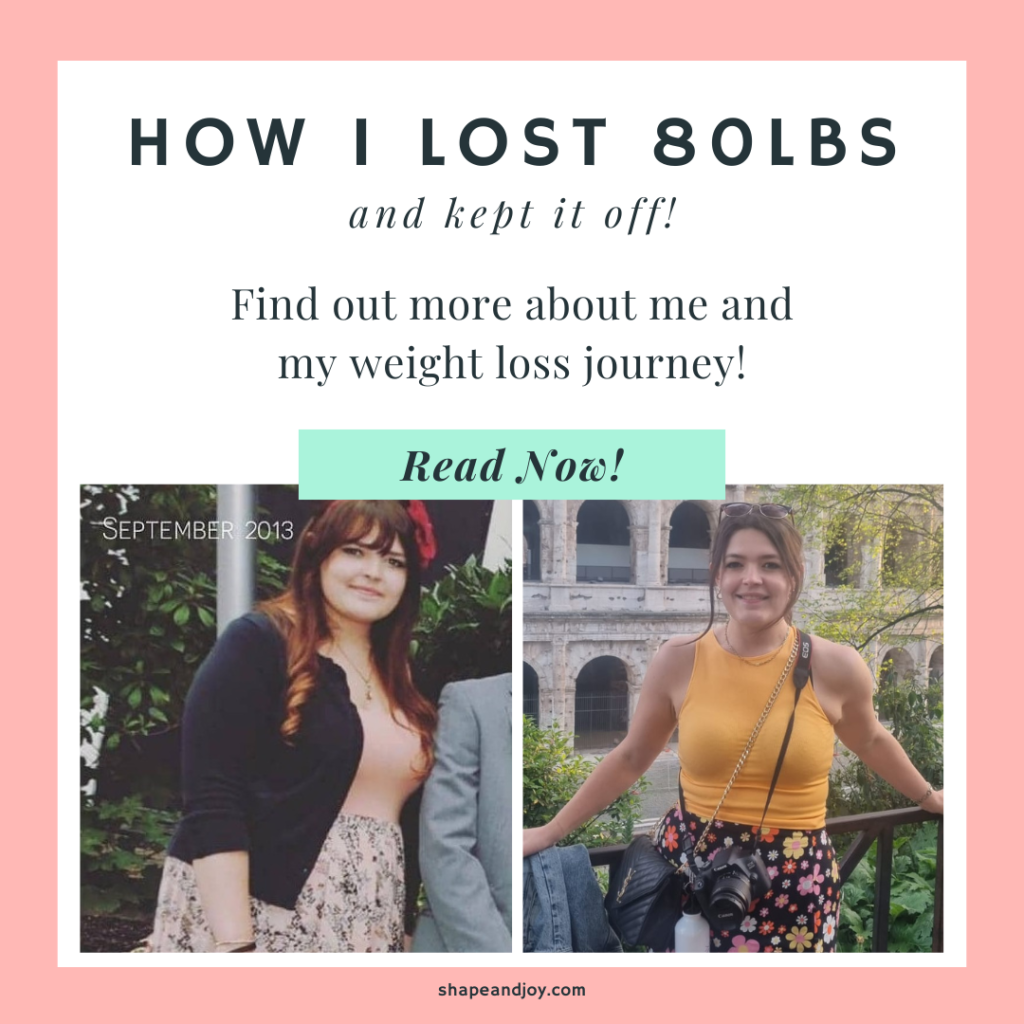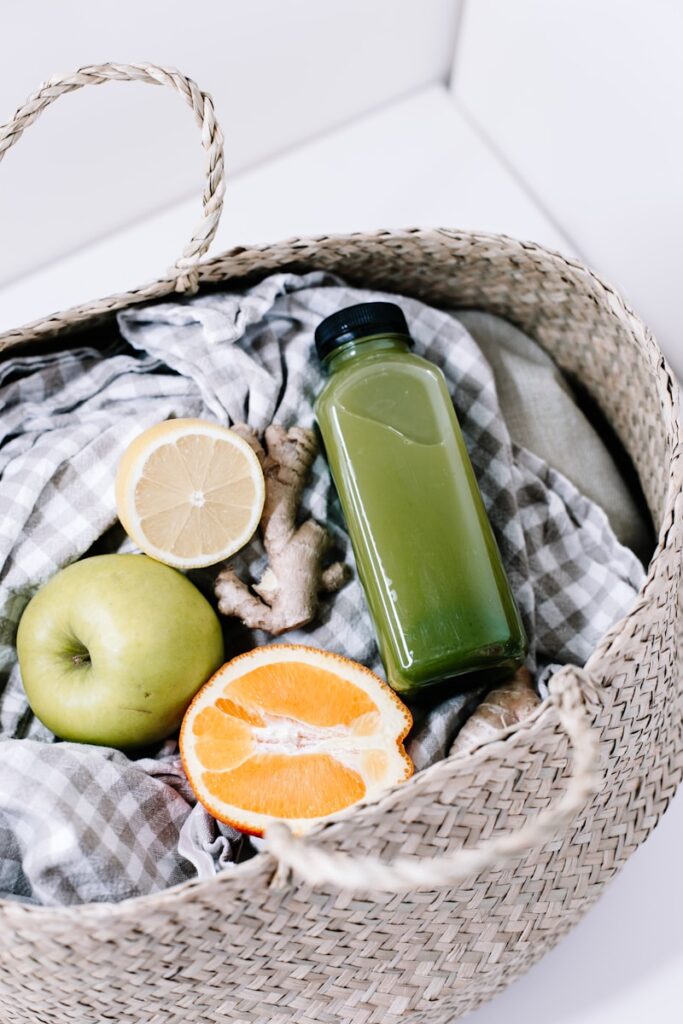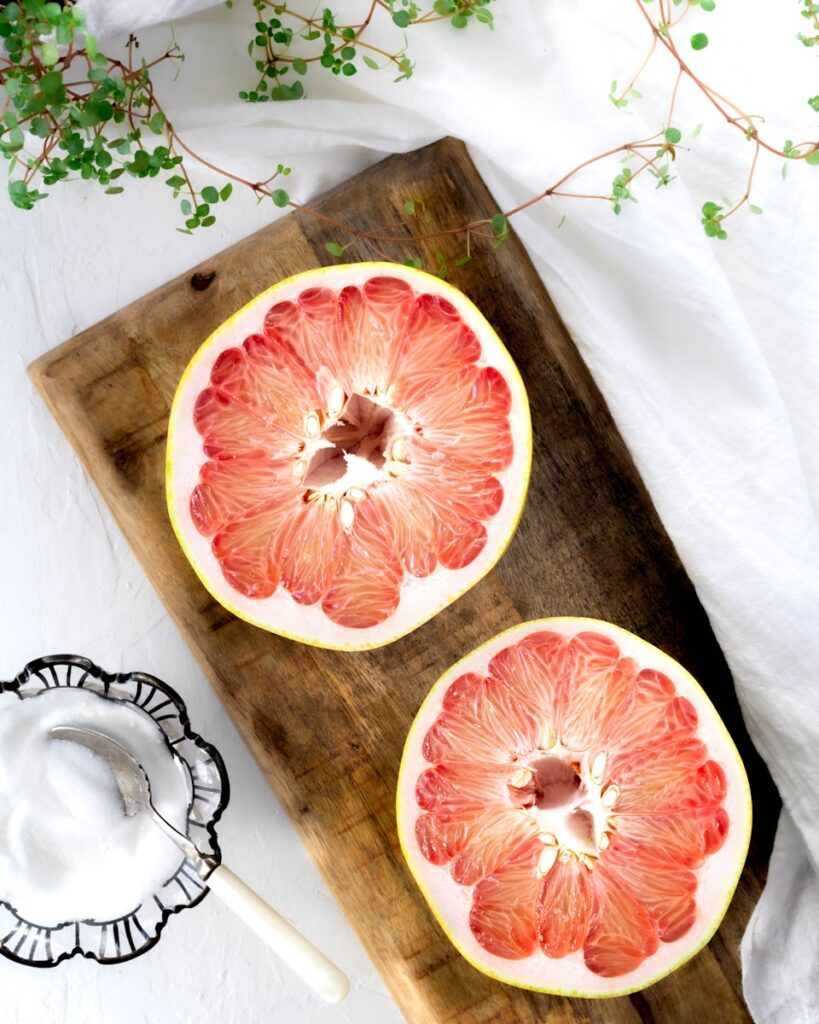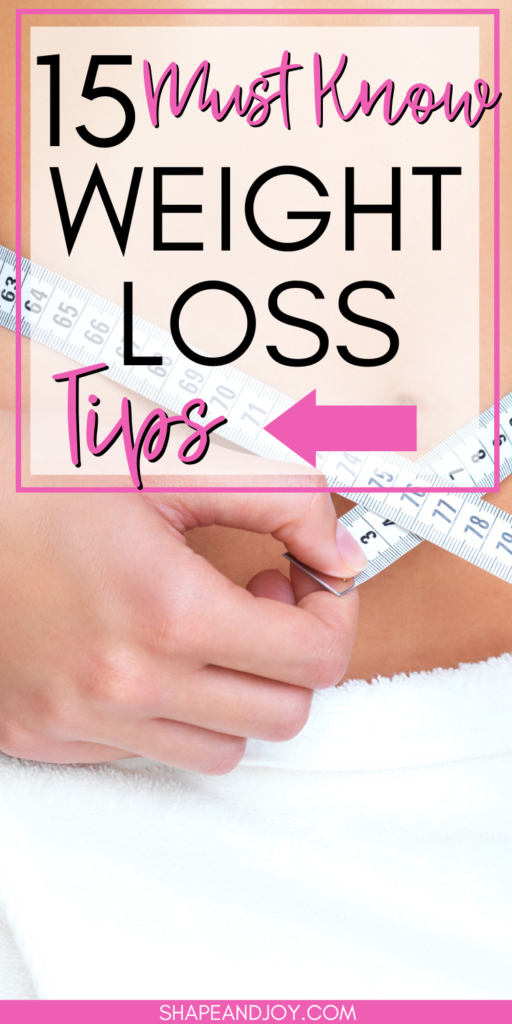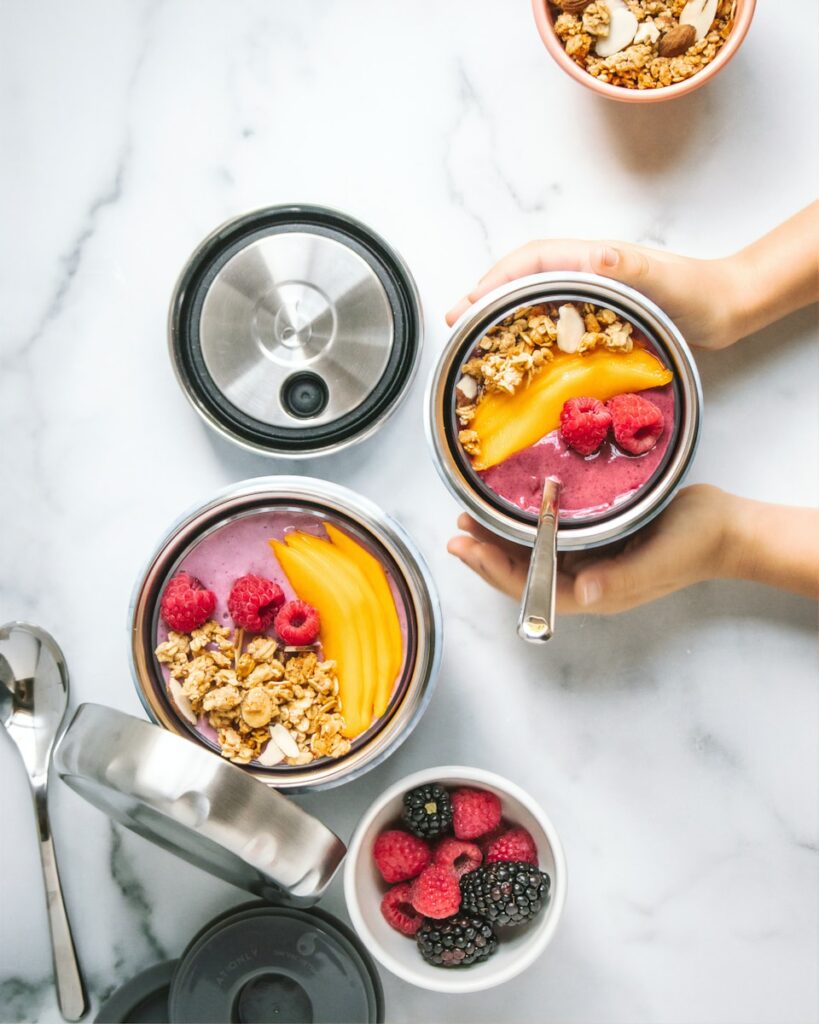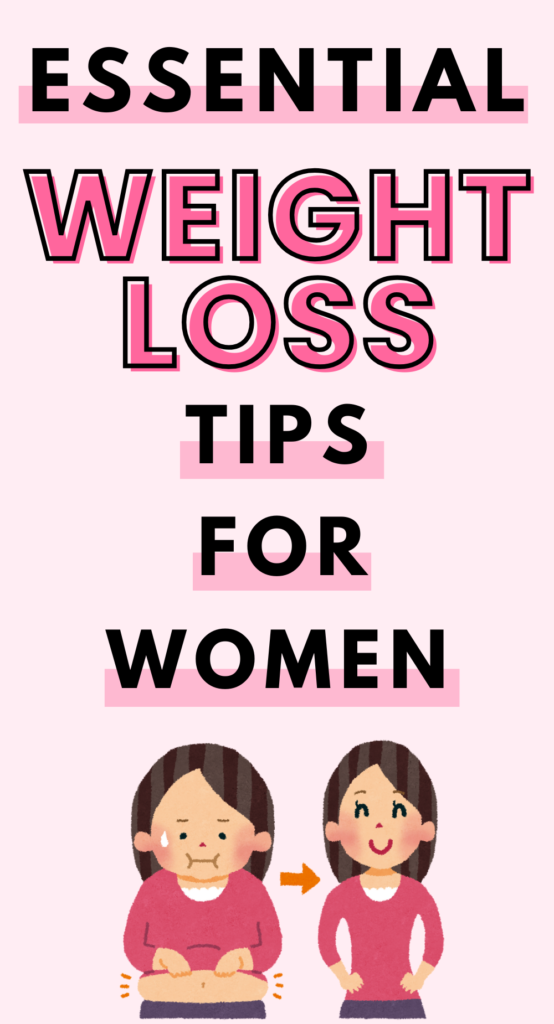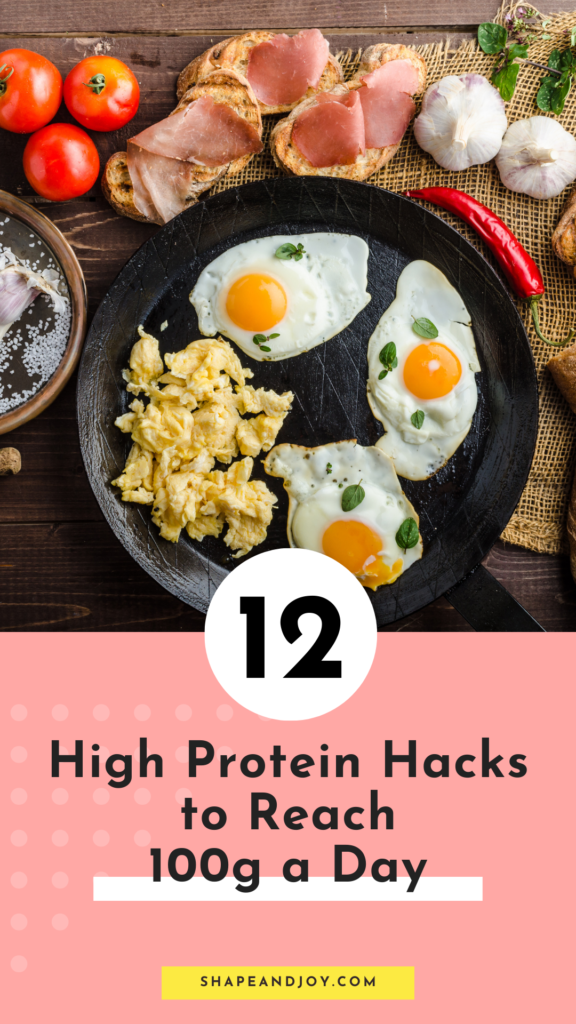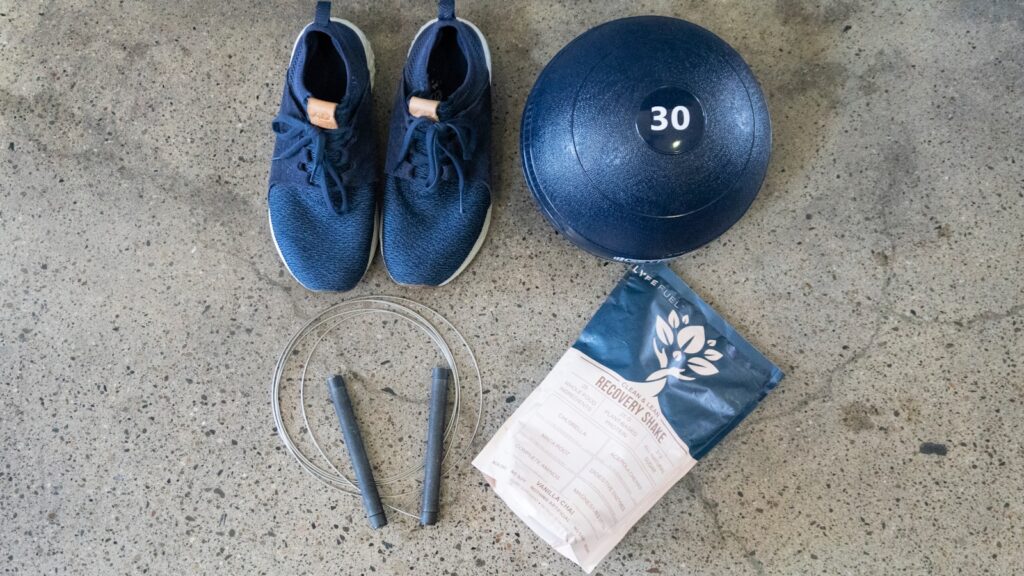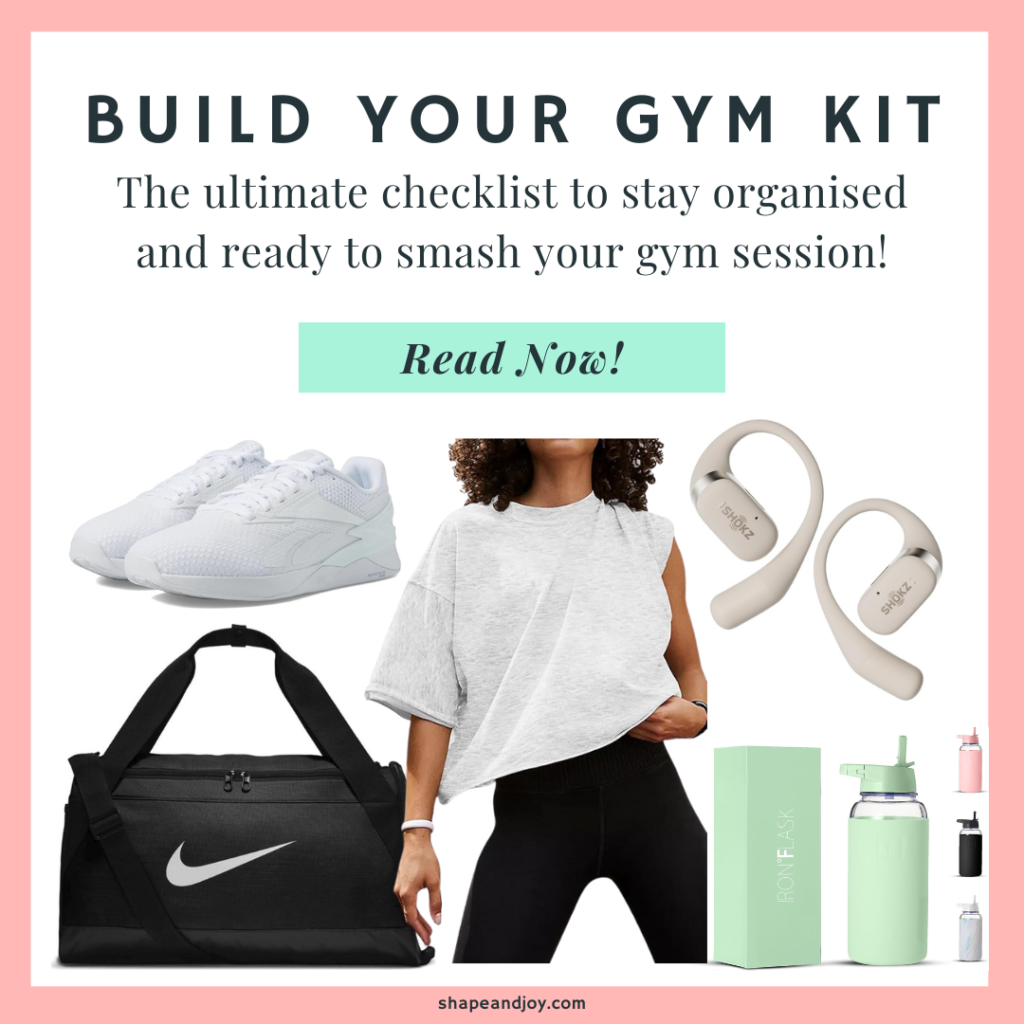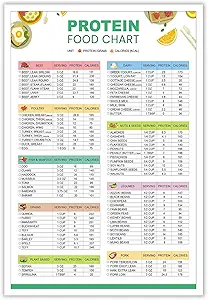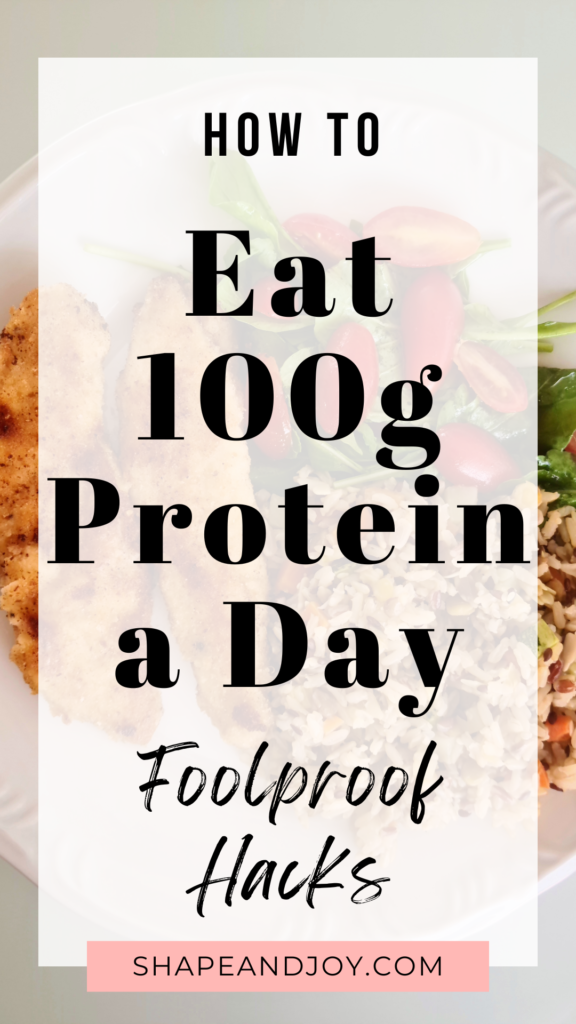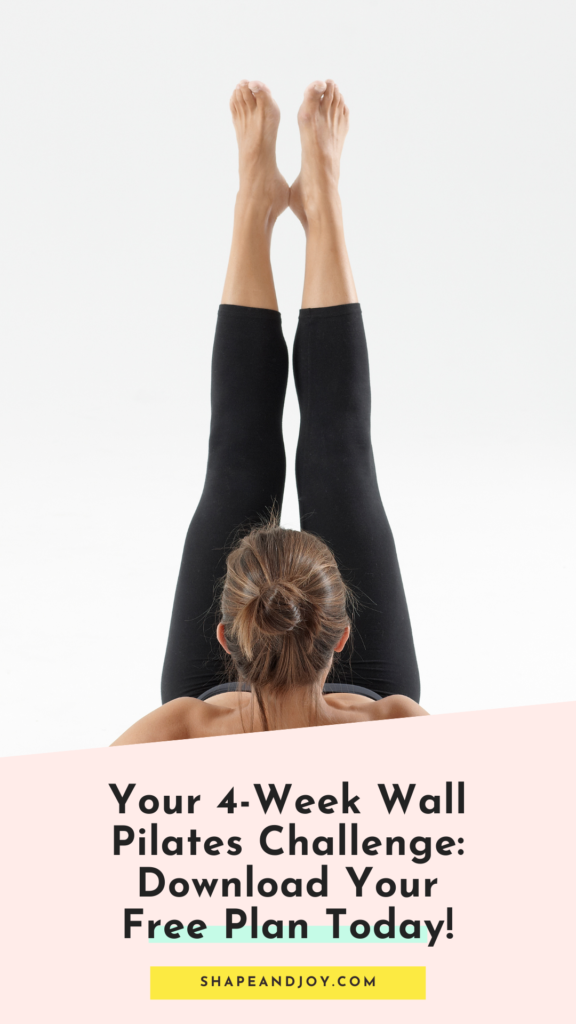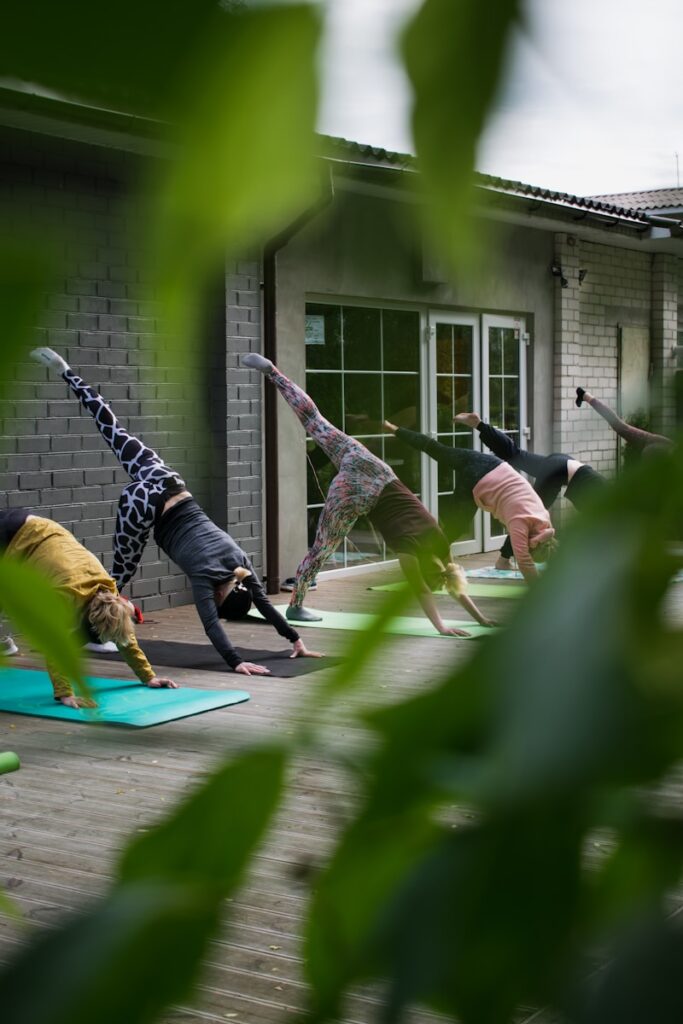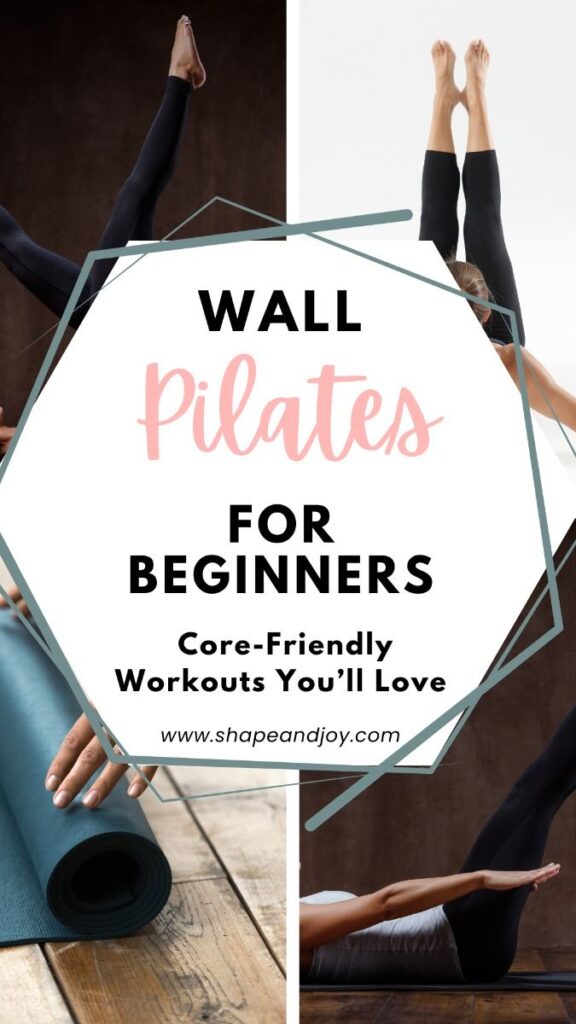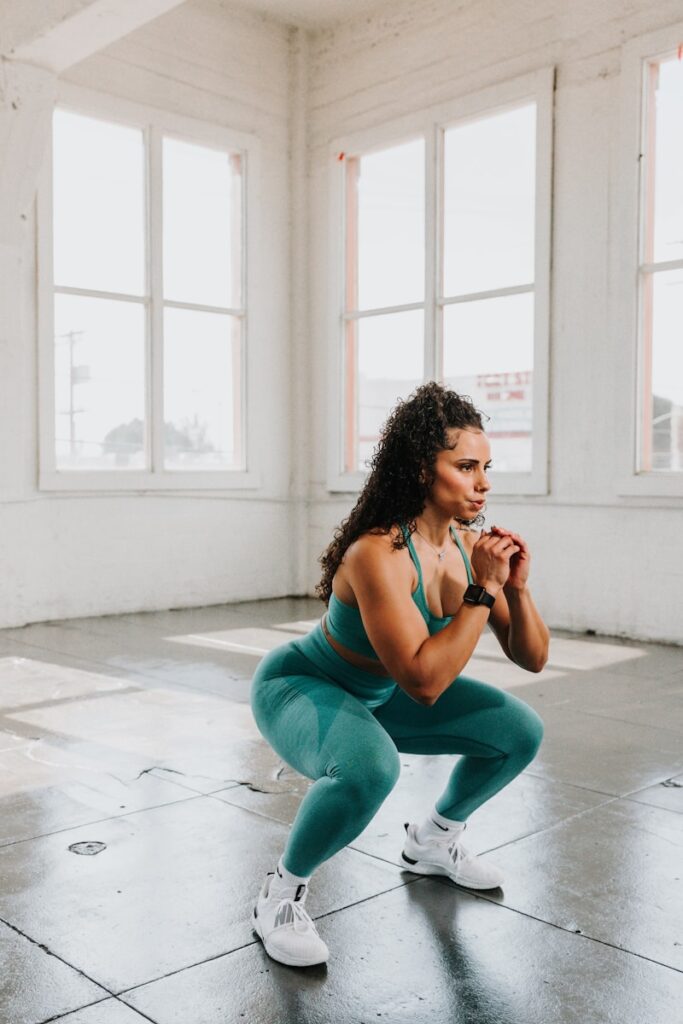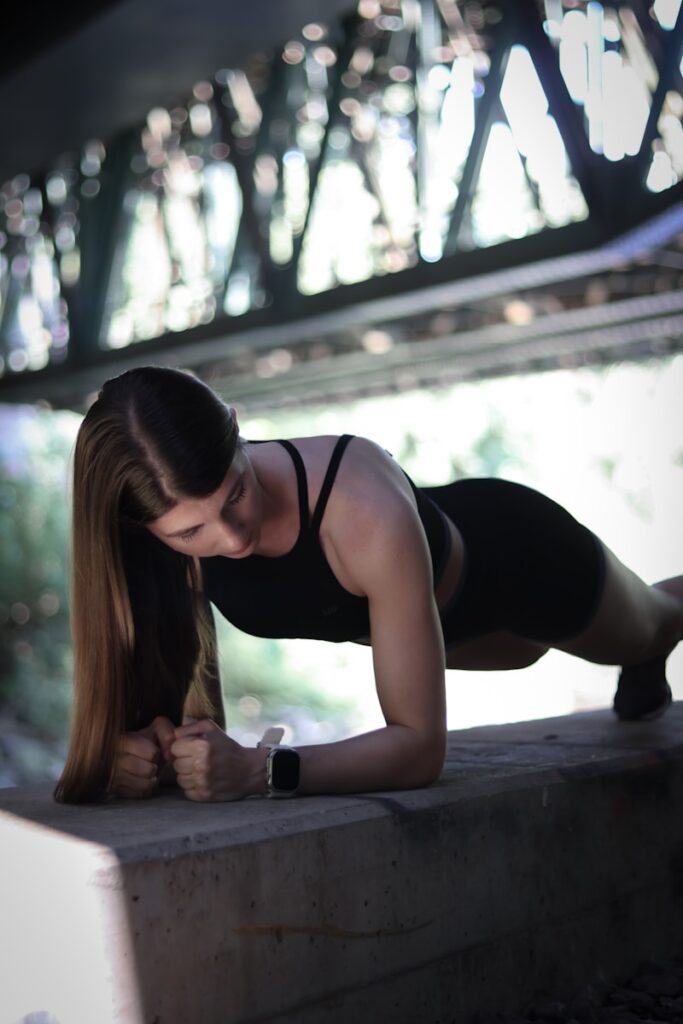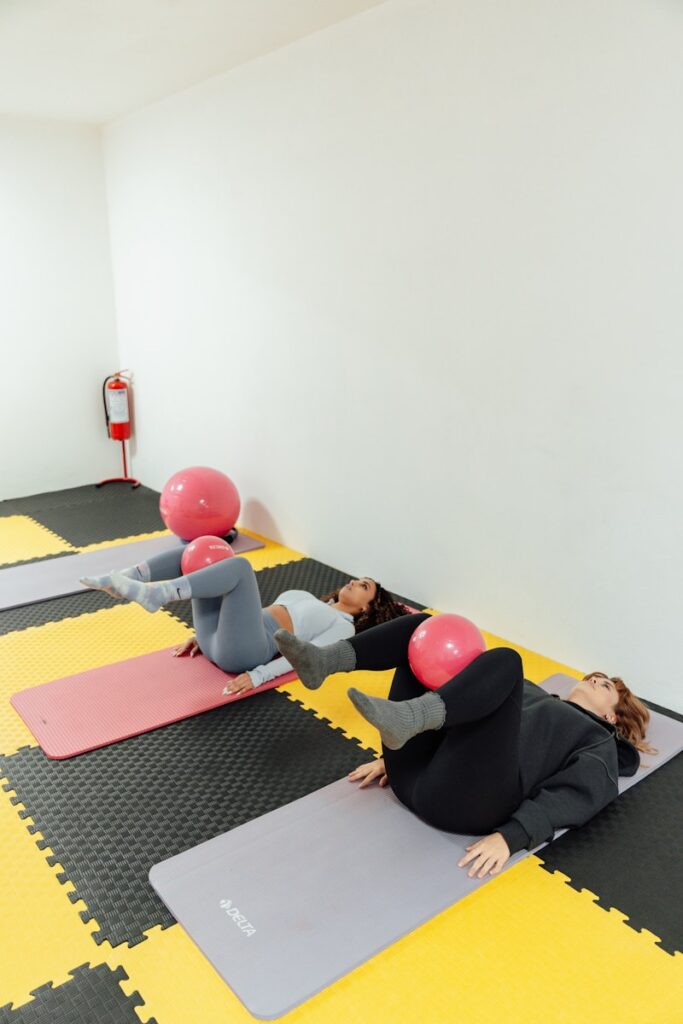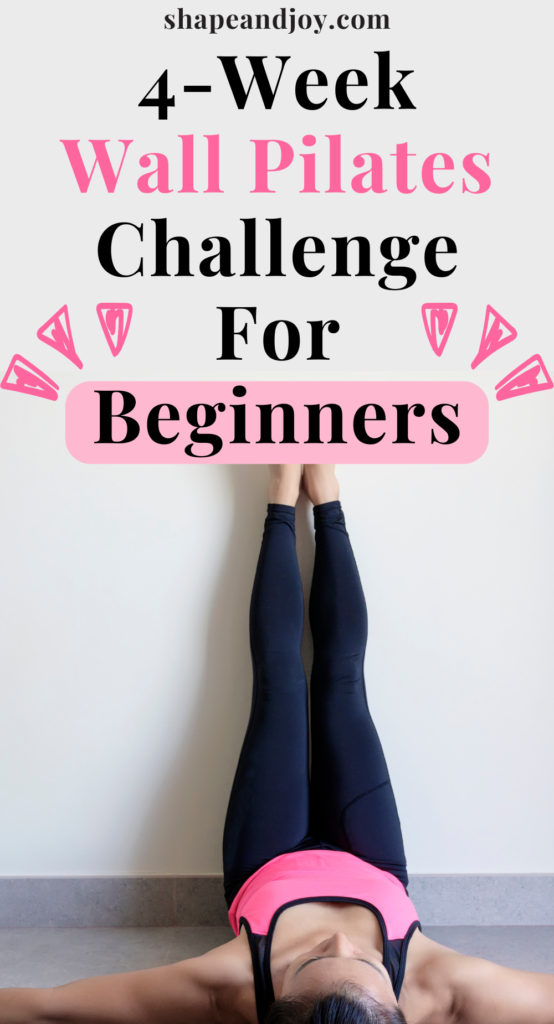The Ultimate GLP-1 Meal Plan: Easy, Protein-Packed Meals for Weight Loss

If you’re on Mounjaro, Zepbound, Wegovy, or Ozempic, you already know that these GLP-1 medications are game-changers for losing weight. But there’s one big question: What can I eat? With a slowed-down digestion and a reduced appetite, you need a GLP-1 meal plan that makes every bite count.
That means high-protein, nutrient-dense, and easy-to-digest meals that won’t leave you feeling sluggish or nauseous.
Whether you’re looking for meals while on Wegovy, a semaglutide diet, or a sample meal plan to help you stay on track, this free 7-day meal plan has got you covered.
This isn’t some restrictive 1200 calorie low carb meal plan that leaves you starving. Nope. We’re aiming for at least 1500 calories per day—enough to keep you full, fuelled, and feeling good while still helping with losing weight.
Plus, I’ve included vegan and vegetarian meal ideas, so there’s something for everyone!
How to Eat on Mounjaro, Zepbound, Wegovy, and Ozempic Without Feeling Awful
Before diving into this easy meal plan for the week, here are some must-know tips:
Prioritise protein – Whether you’re following a high protein day plan or a macro meal plan for women, protein is key. It prevents muscle loss, stabilises blood sugar, and keeps you full longer.
Stay hydrated – Slowed digestion can lead to constipation and dehydration. Aim for two litres of water daily, and if you feel dizzy, consider adding electrolytes.
Fibre is essential – The volumetrics diet meal plan concept works here: eating high-fibre, high-volume foods keeps you full while helping digestion. Think veggies, legumes, and whole grains (I have a whole guide to the Volumetrics Diet here).
Avoid greasy, heavy foods – A semaglutide diet works best when you stick to lean proteins, whole foods, and easy-to-digest meals. A greasy burger might sound great until nausea kicks in.
Small, balanced meals work best – You might find that three meals and one snack suit you better than big meals.
Now, let’s get into the 7-day meal plan.
Nausea making meals hard? These food fixes help.
A Quick Note Before We Dive In
I don’t usually do meal plans because, honestly? I find them a bit restrictive. Life isn’t that predictable, and trying to follow a strict plan to the letter can feel overwhelming.
Instead, I prefer to focus on flexible, balanced eating that actually fits into real life.
That said, I know that when you’re on GLP-1 medications, it can be hard to figure out what to eat—especially when your appetite is unpredictable and some foods suddenly feel off-limits.
So, think of this 7-day GLP-1 meal plan as a starting point. It’s here to give you easy, high-protein meal ideas that you can mix and match, rather than something you have to follow rigidly.
Use it as inspiration to build meals that work for you, adapt portion sizes as needed, and don’t be afraid to swap in your favourite foods.
Now, let’s get to the good stuff—meals that keep you full, fuelled, and feeling your best!
7-Day GLP-1 Meal Plan
Each day includes high-protein, fibre-packed meals that fit a semaglutide diet. Plus, I’ve added vegan and vegetarian options for those looking for Wegovy meal ideas that don’t rely on animal protein.
Want a ready-made shopping list? Here’s your go-to grocery guide.
Day 1: High-Protein & Satisfying
- Breakfast: Greek yogurt (150g) with chia seeds (1 tbsp), strawberries (½ cup), and a drizzle of honey (1 tsp) (300 kcal)
- Lunch: Grilled chicken (100g) with quinoa (½ cup), roasted Brussels sprouts (½ cup), and lemon dressing (450 kcal)
- Dinner: Baked salmon (120g) with mashed sweet potato (½ cup) and steamed green beans (500 kcal)
- Snack: 1 boiled egg and 10 almonds (250 kcal)
Vegetarian Alternative: Swap salmon for baked tofu with sweet potato
📌 Pin this for later! ⬇

Day 2: Balanced & Light
- Breakfast: Scrambled eggs (2) with spinach (½ cup) and whole grain toast (1 slice) (350 kcal)
- Lunch: Lentil soup (1 cup) with whole grain crackers (4) and a side salad with olive oil dressing (450 kcal)
- Dinner: Turkey mince (120g) stir-fried with bell peppers and brown rice (½ cup) (500 kcal)
- Snack: Greek yogurt (100g) with pumpkin seeds (1 tbsp) (200 kcal)
Vegan Alternative: Swap turkey for stir-fried tempeh
Day 3: Easy & Nutrient-Dense
- Breakfast: Protein smoothie with banana, protein powder, almond milk, and flaxseeds (350 kcal)
- Lunch: Chickpea salad (1 cup) with feta, cucumber, and olive oil dressing (450 kcal)
- Dinner: Grilled cod (120g) with roasted courgettes and quinoa (½ cup) (500 kcal)
- Snack: 1 boiled egg and half an avocado (200 kcal)
Vegan Alternative: Swap cod for grilled tofu or tempeh
Day 4: Hydrating & Energy-Boosting
- Breakfast: Overnight oats (½ cup) with almond milk, chia seeds, and mixed berries (350 kcal)
- Lunch: Grilled chicken (100g) with roasted butternut squash (½ cup) and spinach (450 kcal)
- Dinner: Baked tofu (100g) with stir-fried broccoli, peppers, and brown rice (½ cup) (500 kcal)
- Snack: Cottage cheese (100g) with a handful of walnuts (200 kcal)
Hate cooking every day? This prep-once plan is a game-changer.
Day 5: Comforting & Protein-Packed
- Breakfast: Cottage cheese (100g) with honey (1 tsp) and whole grain toast (350 kcal)
- Lunch: Turkey and avocado wrap with whole wheat tortilla and side salad (450 kcal)
- Dinner: Grilled shrimp (120g) with roasted cauliflower and quinoa (½ cup) (500 kcal)
- Snack: Greek yogurt (100g) with sunflower seeds (1 tbsp) (200 kcal)
Vegan Alternative: Swap shrimp for chickpeas or tofu

Day 6: Light but Filling
- Breakfast: Scrambled eggs (2) with smoked salmon (50g) and a whole grain cracker (350 kcal)
- Lunch: Black bean and quinoa bowl with tomatoes, avocado, and olive oil dressing (450 kcal)
- Dinner: Grilled chicken (120g) with roasted aubergine and brown rice (½ cup) (500 kcal)
- Snack: 1 boiled egg and 10 cashews (200 kcal)
Vegan Alternative: Swap eggs for vegan protein shake
Day 7: Balanced & Energising
- Breakfast: Greek yogurt (150g) with almond butter (1 tsp) and blueberries (½ cup) (350 kcal)
- Lunch: Tuna salad with avocado, cucumber, and olive oil dressing with whole grain crackers (450 kcal)
- Dinner: Baked salmon (120g) with mashed sweet potato (½ cup) and steamed green beans (500 kcal)
- Snack: Hummus (2 tbsp) with carrot and cucumber sticks (200 kcal)
Vegan Alternative: Swap tuna for chickpeas or lentils
Your GLP-1 Game Plan Starts Here
Feeling a bit lost on your GLP-1 journey? Whether you’re just starting out or deep into your dose increases, the GLP-1 Success Blueprint is your practical, no-fluff guide to navigating weight loss meds like Mounjaro, Zepbound, or Wegovy with confidence.
This isn’t another generic ebook. It’s a full toolkit designed to help you feel strong, informed, and in control, without the overwhelm.

Inside, you’ll get:
- GLP-1 Meds 101: Understand how they work, what to expect, and how each med compares (minus the jargon)
- Nutrition Guidance: Learn how to eat for fat loss and muscle retention, even when your appetite is low
- Workout Support: Discover the best ways to move your body without burning out
- 6-Week Action Plan: Simple daily steps and healthy habit examples to follow at your pace
- Mindset & Motivation Tips: Stay consistent even when your drive dips
- Red Flag Checklist: Know what’s normal, what’s not, and when to seek support
- Bonus: Myths & FAQs – Bust the most common GLP-1 myths and get real answers
Digital download only – use it on your phone, tablet, or print it out to keep by your side.
Ready to ditch the guesswork and actually feel good on your meds?
How to Make This GLP-1 Meal Plan Work for You
- Meal prep ahead – Prepping proteins, grains, and veggies makes sticking to your plan easy. See my post on GLP-1 Meal Prep Hacks!
- Stay flexible – If you feel full faster, adjust portion sizes but prioritise protein.
- Hydration is key – If you feel sluggish, it’s probably dehydration creeping up.
- Listen to your body – You may need fewer meals or smaller portions than before starting Mounjaro, Zepbound, Wegovy, or Ozempic.
This 7-day GLP-1 meal plan is packed with high-protein, fibre-rich, easy-to-make recipes to help you feel your best while losing weight.
Next Steps:
Want to make food choices even easier?
- Grab my free GLP-1 7-Day Meal Plan to help you get started on the right foot!
- Read: The Ultimate GLP-1 Grocery List to stock your fridge with everything you’ll need — no guesswork, no overwhelm.
- Or dive into the Side Effects & Troubleshooting – Solutions That Work to make your journey easier.
Whether you’re looking for a Wegovy diet meal plan, Ozempic diet menu, or high protein day plan, these free meal ideas will keep you on track. And if you want a different meal plan with full recipes – download my free ebook!
📌 Pin this for later! ⬇

Studies
GLP-1 receptor agonists like Wegovy and Ozempic help with weight loss by reducing appetite and slowing digestion, making dietary choices crucial (Kute et al., 2024).
Protein intake is essential to prevent muscle loss and maintain satiety while on GLP-1 medications (Locatelli et al., 2024).
Hydration is critical as GLP-1 medications can cause slowed digestion and increase the risk of constipation (Mahase, 2023).
High-fibre foods aid digestion and help maintain satiety, aligning with the volumetrics diet concept (Mazurek et al., 2023).
Avoiding greasy and heavy foods is important as these can worsen nausea and gastrointestinal discomfort on GLP-1 medications (Mahase, 2023).
Smaller, more frequent meals can be easier to digest and prevent discomfort due to delayed gastric emptying (Głuszczyk et al., 2024).
A balanced approach to weight management, including nutrition and exercise, is crucial for sustaining weight loss and muscle retention (Locatelli et al., 2024).













